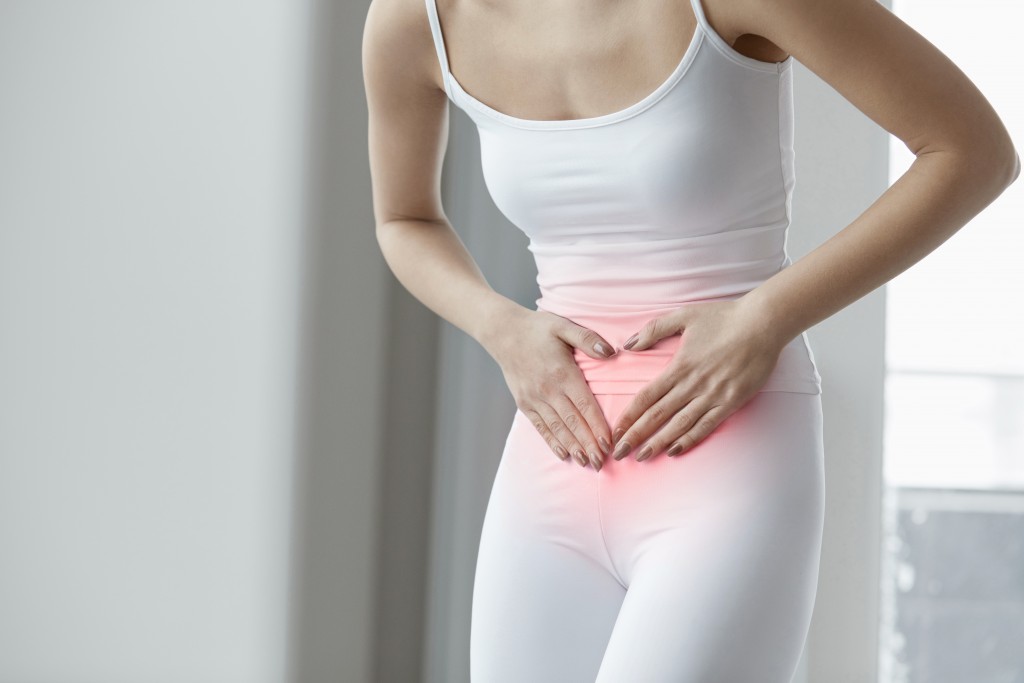Dear ladies, if you find yourself doubled over, nauseated, and cramping like hell every time of the month, then you’re not alone.
Statistics show that at least 80 percent of women will experience period pain at some point in their lives. Unfortunately, for at least 5 percent of them, the pain will be so excruciating it can disrupt their daily activities.
Fortunately, ladies can learn to minimize and manage the pain. You can:
- Take painkillers or anti-inflammatory medications.
- Relax and destress.
- Use a hot compress.
- Reduce your workload.
- Engage in light exercises.
- Eat better to reduce other symptoms like bloating.
But it’s also equally important to know how bad period pain is and why it happens in the first place.
Like a Heart Attack—or Something Else
While many women feel pain during their menstrual period, the way they describe the intensity or severity can differ. Some call it throbbing, as if they’ve been suddenly punched in the gut. Others may liken it to contractions.
In an article in Quartz, a reproductive health professor of the University College London said that most of his patients compared period pain to having a heart attack.
A typical heart attack usually includes discomfort and pressure, as well as the feeling of squeezing. The only difference is that women feel it on their abdominal area, pelvis, thighs, and back.
Meanwhile, because pain is subjective, some doctors may use the Wong-Baker Facial Grimace Scale to help female patients describe the severity:
- Choosing 1 and 2 means the pain is mild and can be ignored.
- Moderate pain is somewhere between 3 and 6. This may interfere with tasks and, later, concentration if the pain gets worse.
- The period pain may be severe if the patient measures it as between 7 and 10. It may interfere with basic needs. And when it hits a 9 or 10, the individual may need some bed rest.
Menstrual Matters considers period pain “normal” if it is 5 or below. The scale may increase up to 8, but the pain may last for only 10 minutes or less and no more than three days in a row. When it lasts longer than these parameters, women are more likely to be dealing with bad period pain.

Why Does This Happen?
There are two types of period pain: primary and secondary. The reasons for each can vary.
Primary period pain may occur because of higher levels of prostaglandins, lipids or fats that can work like hormones. They are found in different parts of the body, such as the blood vessels and the gut. Their role can also vary depending on the site. For example, they may help in the contraction of the intestinal lining.
Overall, prostaglandins may have some healing effect since they’re normally present in sites where inflammation, infection, or injury is present. However, they may also trigger period pain.
This is because these compounds are abundant in the lining of the uterus, regardless of whether you’re pregnant or not. During menstruation, the uterine lining begins to break down, releasing massive amounts of prostaglandins.
These will cause the uterus to contract, and depending on the level, the cramps may be moderate to severe. The presence of prostaglandins may also explain why period pain is at its worst during the beginning of the period. During this time, their levels are high.
Secondary pain often refers to reproductive conditions that may be causing the problem. These include endometriosis, adenomyosis, fibroids, and endometrial hyperplasia. Usually, treating or managing these illnesses can reduce or even prevent period pain later.
How about heat and humidity? Living in places like Arizona or California doesn’t cause period pain, according to experts. But it may worsen it as uncomfortable temperatures may increase the feelings of stress. Stress can heighten your perception of pain.
That’s why women can be better off shopping for comfortable women’s apparel before the intense summer rolls in. Flowy dresses don’t only look cute but can also improve air circulation, which means you’re less likely to “overheat.”
You may also benefit from shifting your sanitary pads to tampons or, better yet, menstrual cups. These are less uncomfortable as pads to wear in the middle of a hot summer, while cups are eco-friendly and cost-effective.
Period pain is just one of the regular problems women face. For others, it may be a sign of an underlying condition that needs more solutions later on.
But while nothing much has changed over the years when it comes to its prevention, ladies learn to cope using many techniques, from light exercises to dresses that keep one cool in the middle of the summer heat.






